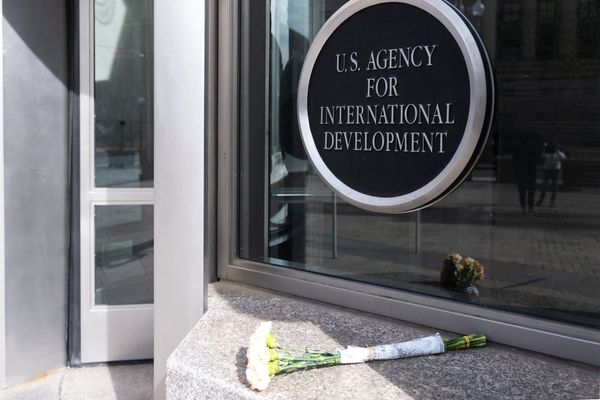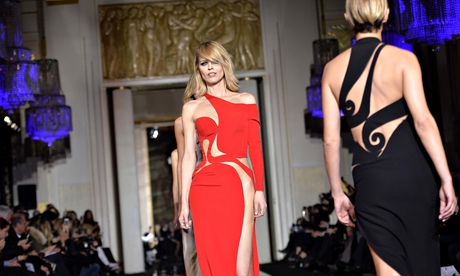
The collection with which Donatella Versace opened the Paris haute couture shows on Sunday night was sexy and glamorous.
The dresses were long and form-fitting, with slim naked slivers peeled off across the body, as if Donatella had attacked her gowns with a lemon zester.
The models included, star of the original Wonderbra posters, along with fellow 90s name Amber Valletta and current Vogue cover girl Jourdan Dunn.
Hollywood’s power mother-daughter duo, Kate Hudson and Goldie Hawn, sat in the front row.
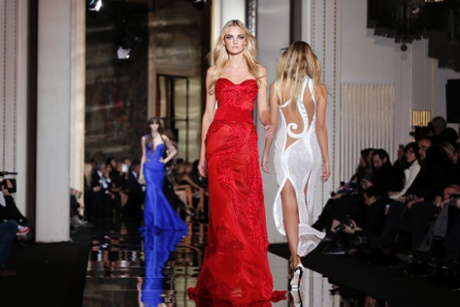
And in case anyone was still puzzling over the general message, Marvin Gaye’s Sexual Healing accompanied the finale.
Versace is entirely uncomplicated, which is either the label’s strength or weakness, depending on how you take your brands.
It has staked an unrivalled claim on the public consciousness: ask the average consumer to close their eyes and picture a Versace dress, and the image they see is likely to be sharper than for any other brand.
Everyone knows what Versace stands for. This strength and simplicity of image are commercial gold, in the marketing of perfume and makeup.
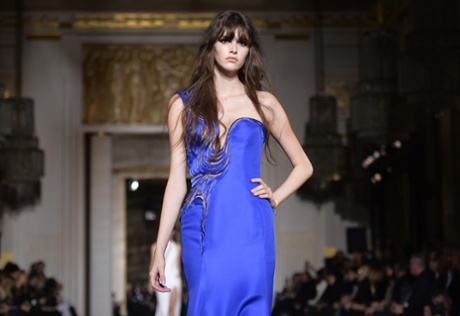
But for those who like their pop culture with a wink, the absence of irony in the Versace world makes it problematically unsophisticated.
Yet in the 15 years that Donatella Versace has helmed the family label – through some troubled financial rapids, into calm and buoyant waters – the sheer force of her personality and determination has added an emotional power to her signature sucker-punch dresses.
It is worth repeating the fact: Donatella Versace opened the Paris haute couture shows.
The highest, most elite branch of the fashion industry, long dominated by French men, has given pride of place to an Italian woman who has survived personal trauma and drug addiction but now, at 59, is going strong.
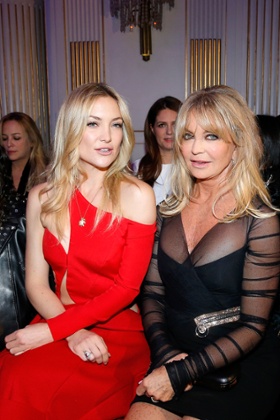
Among the limp fairytale narratives of haute couture – where, to judge by the dresses, female fulfilment is a matter of embroidery and weddings – the Jackie Collins plot of the Versace empire is compelling.
Before the show, Donatella Versace described the collection as being “about cut, and the curves of a woman’s body … when we started the collection, I said I wanted no straight lines at all. Every seam is curved”.
The show opened with two black trouser suits which could have come from no other design house: so tight that the spotlights caught each hipbone separately, as the models stalked the catwalk.
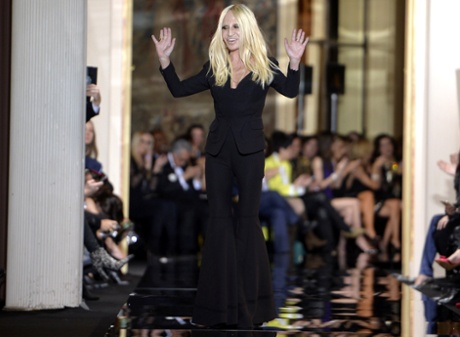
Every curve was lovingly highlighted and flashes of skin winked from cut-out shoulders, from plunging necklines, even from split-front flared trousers.
After the briefest nod to daywear, in the form of one long-sleeved dress, the collection segued into a masterclass of red carpet dressing guaranteed to suck up the oxygen of publicity at any event.
There was, as Donatella promised, not a straight seam on the catwalk – and the winding, undulating, sinuous cut combined with an elongated silhouette gave a mesmerising effect of cat-stretched hourglass curves.




